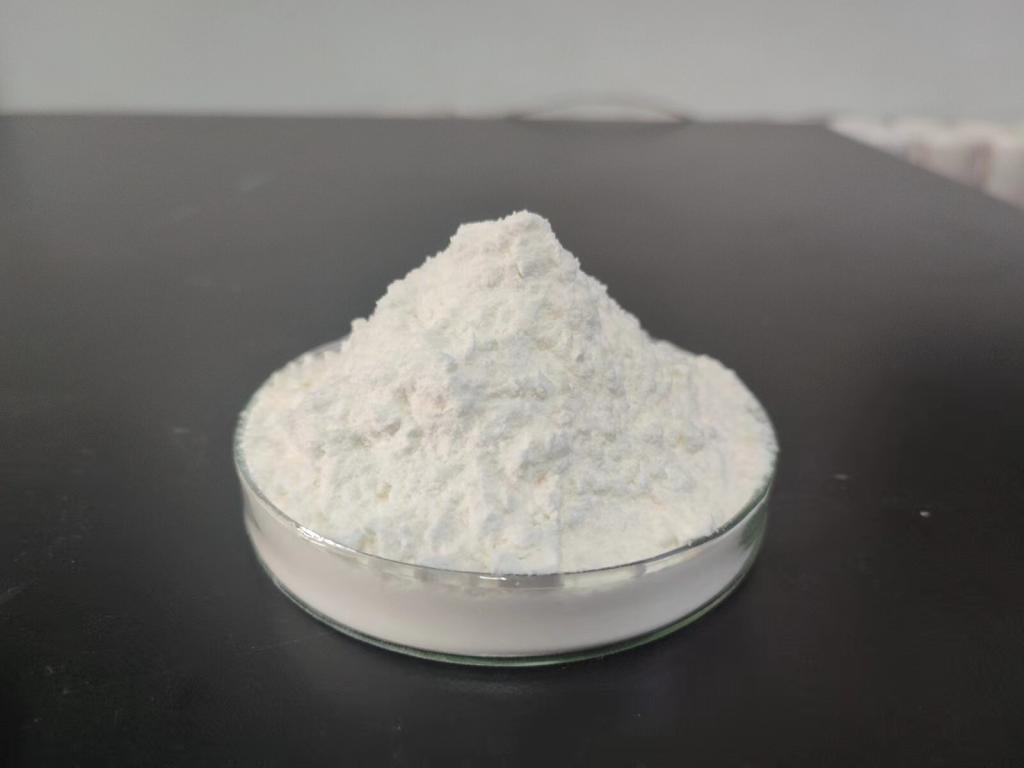Tel:+8618231198596

News
 CONTACT
CONTACT
 CONTACT
CONTACT
- Linkman:Linda Yao
- Tel: +8618231198596
- Email:linda.yao@dcpharma.cn
- Linkman:CHARLES.WANG
- Department:Overseas
- Tel: 0086 0311-85537378 0086 0311-85539701
News
Current Position:
Home >
News
>ε-Polylysine Hydrochloride: Mitigating Allergen Cross-Contamination Risks.
ε-Polylysine Hydrochloride: Mitigating Allergen Cross-Contamination Risks.
TIME:2023-09-06
Introduction
Food allergies affect millions of people globally, and even trace amounts of allergens can trigger severe allergic reactions. As a result, allergen cross-contamination is a critical issue in the food industry, impacting consumer safety and public health. To address this concern, food manufacturers are continually seeking innovative strategies to prevent allergen contamination. ε-Polylysine hydrochloride, a naturally occurring antimicrobial agent, has emerged as a promising solution.
ε-Polylysine Hydrochloride: Overview
ε-Polylysine hydrochloride, often referred to as ε-PL, is a biopolymer produced by certain strains of bacteria, particularly Streptomyces albulus. This cationic polypeptide is composed of multiple lysine amino acids linked together, resulting in a long, linear chain structure. It is water-soluble and has a net positive charge due to the amino groups on its side chains.
Mechanism of Action
The antimicrobial properties of ε-PL stem from its ability to disrupt the cell membranes of microorganisms. This disruption leads to leakage of cellular contents and eventual cell death. While ε-PL primarily targets bacteria, its cationic nature allows it to interact with a wide range of microorganisms, making it a versatile antimicrobial agent.
Applications in Allergen Management
Allergen-Free Food Processing Environments: ε-PL can be used to sanitize food processing equipment and surfaces to ensure that they are free from allergen residues. This reduces the risk of cross-contamination during food production.
Allergen-Free Food Packaging: Incorporating ε-PL into food packaging materials can create an additional barrier against allergen transfer, ensuring the safety of allergen-sensitive consumers.
Allergen-Free Food Ingredients: Some food ingredients, such as flours and starches, may be at risk of allergen contamination. ε-PL can be added to these ingredients to mitigate the risk and enhance their safety.
Cleaning Solutions: Cleaning solutions containing ε-PL can be used to effectively clean utensils, equipment, and food preparation surfaces, reducing allergen residues.
Allergen-Free Food Products: Manufacturers can develop allergen-free food products with the help of ε-PL as an antimicrobial agent, ensuring that allergens are not present in the final product.
Regulatory Considerations
The use of ε-PL in the food industry is subject to regulatory oversight in many countries. While it is generally recognized as safe (GRAS) in the United States when used within established guidelines, manufacturers must adhere to specific regulations and labeling requirements related to its use as an ingredient or food additive. Compliance with international standards and local regulations is essential to ensure consumer safety and legal compliance.
Future Prospects
The role of ε-polylysine hydrochloride in allergen management is expected to expand as the food industry continues to prioritize allergen-free products and environments. Some future prospects include:
Advanced Formulations: Researchers are working on developing advanced formulations of ε-PL with enhanced antimicrobial properties, which can further reduce the risk of allergen cross-contamination.
Increased Application: As awareness of food allergies grows, more food manufacturers are likely to adopt ε-PL as a standard ingredient or processing aid.
Global Harmonization: Efforts to harmonize regulations related to ε-PL use in different regions will facilitate its adoption by the food industry on a global scale.
Consumer Education: Educating consumers about the use of ε-PL and its role in allergen management can help build trust and confidence in food products.
Conclusion
ε-Polylysine hydrochloride represents a valuable tool in mitigating the risks associated with allergen cross-contamination in the food industry. Its natural origin, antimicrobial properties, and versatility make it a promising choice for food manufacturers seeking to enhance allergen management strategies. As food allergies continue to be a pressing concern, ε-PL's role in ensuring the safety of allergen-sensitive consumers is likely to expand, driving further research and innovation in this field.
- Tel:+8618231198596
- Whatsapp:18231198596
- Chat With Skype







